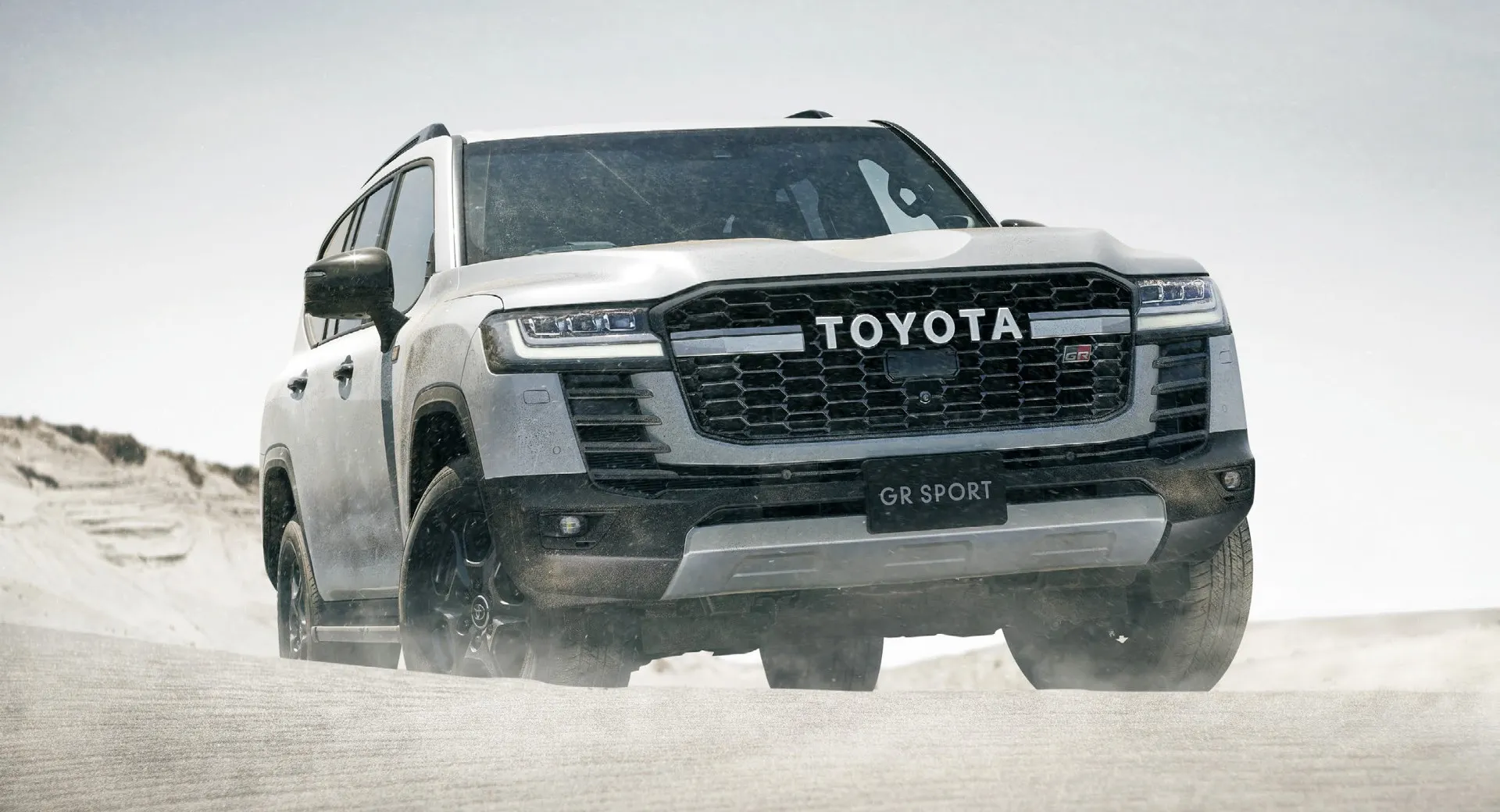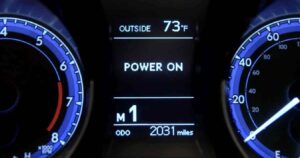Despite the passage of almost three years since the pandemic first caused auto factories worldwide to shut down, vehicle production has yet to fully recover due to a confluence of factors such as the pandemic, semiconductor shortages, and other supply chain disruptions.
As a result, prices for both new and used vehicles have surged and continue to remain high, despite a slight dip in February.
According to Kelley Blue Book, the average price of a new vehicle is currently $48,763, a significant increase from the pre-pandemic average of $37,876.
This steep hike in prices has made purchasing a new vehicle difficult for many consumers, as demonstrated by the reaction of Noah and India Grabisch of Laurel, Md., who were put off by the $86,000 price tag for a Chevrolet Suburban they were interested in.
The used-car market has not provided much relief either, with the average retail used-vehicle price now at $26,510. Additionally, wholesale prices, a crucial indicator of market trends, have resumed an upward trajectory after declining last year.
So why are car prices remaining stubbornly high? There are several factors at play. Firstly, there is the ongoing semiconductor shortage that has disrupted production schedules and caused automakers to prioritize more expensive models, leading to a shortage of lower-priced vehicles.
Secondly, the pandemic has resulted in a shift in consumer preferences towards larger vehicles, such as SUVs and trucks, which are typically more expensive.
Lastly, supply chain disruptions have caused delays in the delivery of key components and raw materials, leading to increased costs that are passed on to consumers.
Table of Contents
ToggleSupply chain woes are still reverberating
Although the semiconductor shortage has improved since 2021, it has not been completely resolved, and other supply chain disruptions continue to intermittently affect production.
As a result, the global automotive industry has produced millions fewer vehicles than it would have under normal circumstances. While the supply of new vehicles is slowly improving, the millions of vehicles that were not produced are still missing, leading to a lower supply and higher prices due to the basic principles of economics.
Which cars are being made? Not the cheap ones
When automakers face production constraints, they prioritize manufacturing their most profitable vehicles, resulting in the exclusion of cheaper cars.
For instance, Nissan reduced production of its affordable models, such as the Nissan Versa, Sentra, and Kicks, by up to 78% due to persistent supply chain disruptions.
Meanwhile, the production of bigger, more expensive vehicles, such as the Altima and the Pathfinder, was increased. However, this shift in production was not a reflection of a lack of demand for cheaper models, as there was a growing interest in entry-level vehicles among consumers.
According to Judy Wheeler, the Vice President for Sales and Regional Operations at Nissan U.S., the company intends to manufacture more affordable models as soon as the supply chain permits.
This trend is not exclusive to Nissan, as many automakers have shifted their focus to bigger, more luxurious, and pricier vehicles with additional features that further inflate prices.
Fewer cars — and higher prices — are very profitable
The automotive market has undergone a remarkable shift, and automakers show no signs of reversing course. Sales of new cars costing less than $25,000, considered affordable by new-car standards, plummeted by 78% from December 2017 to December 2022, falling from nearly 13% of total new-vehicle sales to under 4%.
Meanwhile, sales of new cars costing over $60,000, exceeding the average American’s annual income, rose significantly from 8% to 25% of the auto market. This shift is highly profitable for car manufacturers since $60,000 vehicles have much higher margins than their cheaper counterparts.
Automakers are heavily investing in electric vehicles (EVs), and they prioritize fat margins over big volumes to fund their journey in the EV transformation.
According to General Motors’ Chief Financial Officer Paul Jacobson, the current pricing environment has been robust, and running the business for cash flow is critical to support the EV transition.

How long can prices stay this high? The Ram TRX, shown at the Chicago Auto Show in February, starts at $86,450.
Yesterday’s new cars are today’s used cars
The slowdown in production lines a few years ago had an immediate impact on both new- and used-car markets. The decrease in new-car production resulted in higher new-car prices, pushing many buyers towards the used-car market, and eventually leading to an increase in used-car prices as well.
The impact on the used-car market was delayed, as the new cars made in 2021 became two-year-old cars in 2023, driving up prices in the high-end used-car market. However, the reduced production of cheap, no-frill sedans has made it difficult for people looking for affordable late-model used cars to find any.
According to Jonathan Smoke, chief economist at Cox Automotive, the used-vehicle market is extremely tight due to the impact of the past three years.
On the Road Lending President Lonnie Smith says that his nonprofit organization is having a hard time finding affordable used cars for working families that are still under warranty. As a result, On the Road Lending obtained a license to become an auto dealer so it could buy cars at auctions, as the few suitable cars on dealer lots were being sold immediately.
The average loan amount for used cars has risen from $13,000 to $24,000, and modest-type vehicles that are two to four years old and have less than 60,000 miles have become difficult to find, leading to higher prices in the used-car market.

At the 2022 New York International Auto Show, the Hyundai Ioniq 5 electric vehicle was featured driving inside a convention center. With a starting price of around $40,000, it is one of the more affordable electric vehicles on the market.
However, the average price of electric vehicles currently stands at $58,385, and automakers are trying to reduce the cost. Meanwhile, the production of inexpensive gas-powered cars has decreased.
But there is some hope: EV prices could come down
Automakers have expressed their desire to produce more vehicles for consumers who cannot afford high-end full-size SUVs as the chip shortage wanes. However, this does not imply that there will be a deluge of inexpensive gas-powered cars, as the industry is concentrating on introducing more affordable plug-in vehicles into the market.
Electric vehicle prices are currently decreasing, led by Tesla’s aggressive price cuts, with Kelley Blue Book data indicating a 7.5% YoY decline, even without considering federal tax credits for used cars.
Although the progress is promising, there are still significant challenges in terms of charging infrastructure that must be addressed before many car buyers feel comfortable buying an electric vehicle. In addition, prices must decline significantly before EVs can be considered truly affordable.
Investors were recently disappointed when Tesla failed to unveil a cheaper vehicle, despite its long-standing commitment to doing so. As a result, while cheaper vehicles are in the works, many will run on batteries and will take a long time to arrive.
























